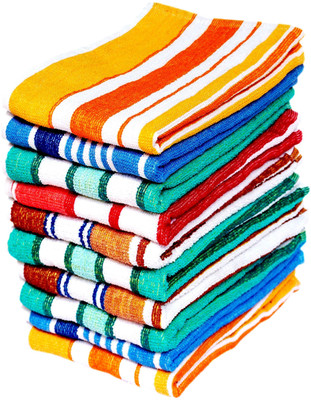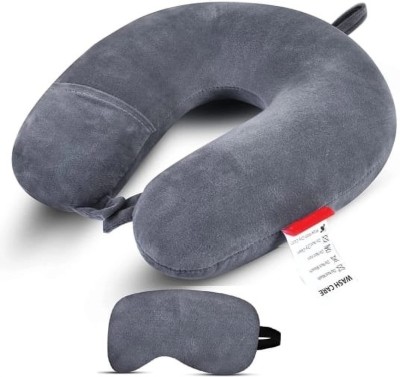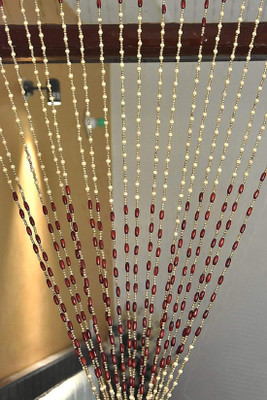
RECORN Pillow Set || Comfort And Support Pillow Microfibre, Polyester Fibre, Cotton Solid Sleeping Pillow Pack of 2 (White)
RECORN Pillow Set || Comfort And Support Pillow Microfibre, Polyester Fibre, Cotton Solid Sleeping Pillow Pack of 2 (White)
3.7
65 Ratings & 2 ReviewsSpecial price
₹442
₹999
55% off
Available offers
T&C
T&C
Warranty
7 days Replacement after delivery date
Delivery
Check
Enter pincode
Delivery by6 May, Tuesday|Free
?
View Details
Pack of
- 22
Please select a Pack of to proceed
Highlights
- Filling Material: Microfibre, Polyester Fibre, Cotton
- Size: 60 cm x 41 cm
- Type: Sleeping Pillow
- Suitable Location: Bed Room, Living Room
Services
- 7 days Replacement after delivery date
- Cash on Delivery available?
Description
Recron fiber pillow Filling Material:
Synthetic Fibres: Commonly made from polyester, microfiber, or other man-made materials. These fibres are hypoallergenic, lightweight, and easy to clean.
Natural Fibres: Some fibre pillows use natural materials like cotton, bamboo, or wool, which are breathable and eco-friendly.
Softness and Support:
Fibre pillows are known for their softness, making them ideal for side sleepers or those who prefer a plush feel.
They offer moderate support, though they may flatten over time and require fluffing to maintain their shape.
Hypoallergenic Properties:
Many fibre pillows are resistant to dust mites, mold, and allergens, making them suitable for allergy sufferers.
Breathability:
The filling allows for good airflow, helping to regulate temperature and keep sleepers cool.
Maintenance:
Most fibre pillows are machine washable, making them easy to clean and maintain.
They dry quickly due to the lightweight nature of the filling.
Durability:
While comfortable, fibre pillows may compress over time and require replacement more frequently than other types (e.g., memory foam or latex).
Variety of Firmness Levels:
Available in soft, medium, and firm options to suit different sleeping preferences.
Benefits:
Affordable compared to other pillow types.
Lightweight and easy to handle.
Suitable for all sleeping positions, depending on firmness.
Ideal for those with allergies or sensitivities.
Drawbacks:
May lose shape and support over time.
Not as durable as memory foam or latex pillows.
Requires regular fluffing to maintain loft.
Ideal For:
Sleepers who prefer a soft, plush pillow.
Those looking for an affordable and low-maintenance option.
Allergy sufferers due to hypoallergenic properties.
Overall, fibre pillows are a practical and comfortable choice for many sleepers, offering a balance of softness, support, and ease of care.
Read More
Specifications
In The Box
| Sales Package |
|
| Number of Contents in Sales Package |
|
General
| Brand |
|
| Series |
|
| Color |
|
| Type |
|
| Character |
|
| External Material |
|
| Filling Material |
|
| Pillow Design |
|
| Pillow Cover Material |
|
| Pillow Cover Design |
|
| Model Name |
|
| Model ID |
|
| Net Quantity |
|
Additional Features
|
Dimensions
| Width |
|
| Length |
|
| Depth |
|
| Weight |
|
Warranty
|
Have doubts regarding this product?
Safe and Secure Payments.Easy returns.100% Authentic products.
Back to top







